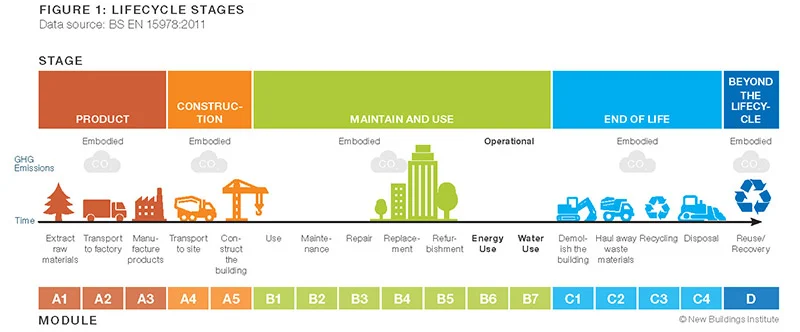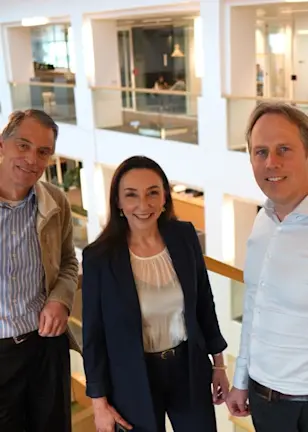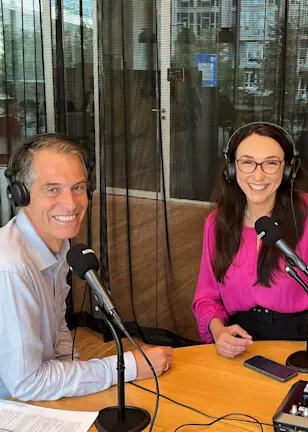Disclaimer
Confermo di essere un cliente professionale
Le informazioni e le opinioni contenute in questa sezione del Sito cui sta accedendo sono destinate esclusivamente a Clienti Professionali come definiti dal Regolamento Consob n. 16190 del 29 ottobre 2007 (articolo 26 e Allegato 3) e dalla Direttiva CE n. 2004/39 (Allegato II), e sono concepite ad uso esclusivo di tali categorie di soggetti. Ne è vietata la divulgazione, anche solo parziale.
Al fine di accedere a tale sezione riservata, si prega di confermare di essere un Cliente Professionale, declinando Robeco qualsivoglia responsabilità in caso di accesso effettuato da una persona che non sia un cliente professionale.
In ogni caso, le informazioni e le opinioni ivi contenute non costituiscono un'offerta o una sollecitazione all'investimento e non costituiscono una raccomandazione o consiglio, anche di carattere fiscale, o un'offerta, finalizzate all'investimento, e non devono in alcun caso essere interpretate come tali.
Prima di ogni investimento, per una descrizione dettagliata delle caratteristiche, dei rischi e degli oneri connessi, si raccomanda di esaminare il Prospetto, i KIIDs delle classi autorizzate per la commercializzazione in Italia, la relazione annuale o semestrale e lo Statuto, disponibili sul presente Sito o presso i collocatori.
L’investimento in prodotti finanziari è soggetto a fluttuazioni, con conseguente variazione al rialzo o al ribasso dei prezzi, ed è possibile che non si riesca a recuperare l'importo originariamente investito.
Sustainable investing
Embodied carbon
In the property sector, embodied carbon refers to the carbon emissions associated with the production and transportation of building materials and components, as well as the construction of a building, end-of-life (demolition, site clearance and disposal of material), ongoing physical maintenance and refurbishments.
Embodied carbon is only one element of a building’s whole life carbon footprint. The other being operational carbon which refers to the carbon emissions associated with the day-to-day energy use of a building, such as heating, cooling, and lighting.
Embodied carbon is more difficult to measure than operational carbon but as tools to measure it become more sophisticated it is expected to be recognized as an increasingly significant constituent of the property sector’s overall carbon footprint.

Green leases
Green leases are lease agreements with the objective of making the occupancy of a property sustainable. There is currently no common global standard that defines a green lease.
Typically a green lease incorporates clauses obliging owner and the lessor to undertake actions and maintain standards with regards to subjects including energy efficiency measures, waste management or disposal, and resource-use efficiency.
Green leases can help companies satisfy broader operational environmental obligations, save costs and satisfy, or futureproof against, regulatory requirements in the specific geography or jurisdiction, especially those related to energy efficiency.
Green lease clauses are expected to become a standard element of commercial property leases as environmental regulations governing the real estate sector become stricter.
















